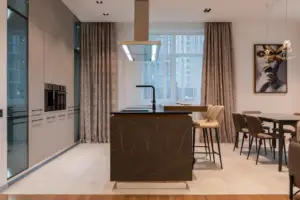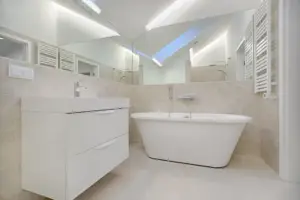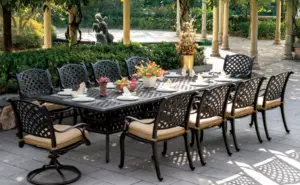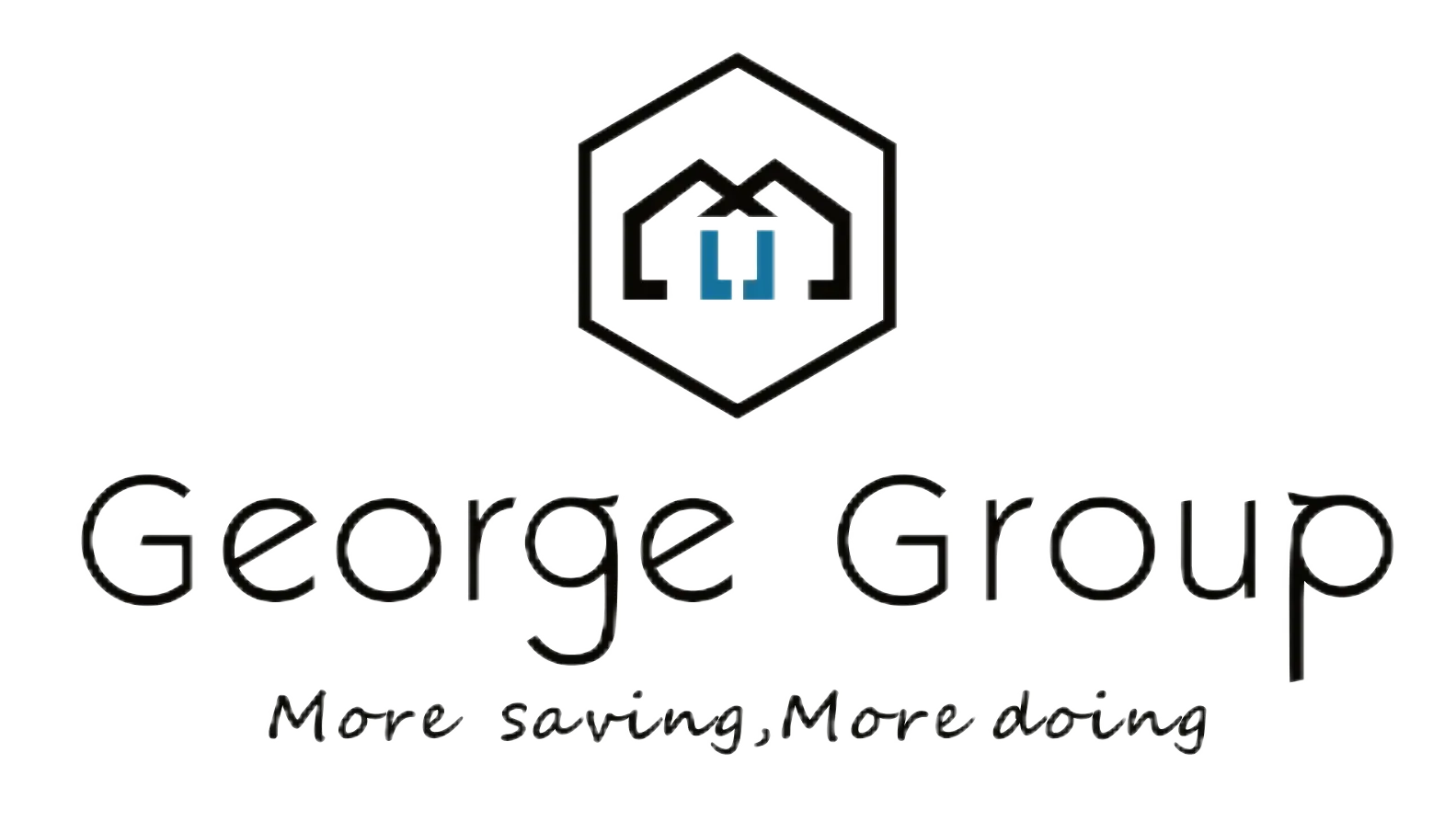By George House/19,Oct,2025
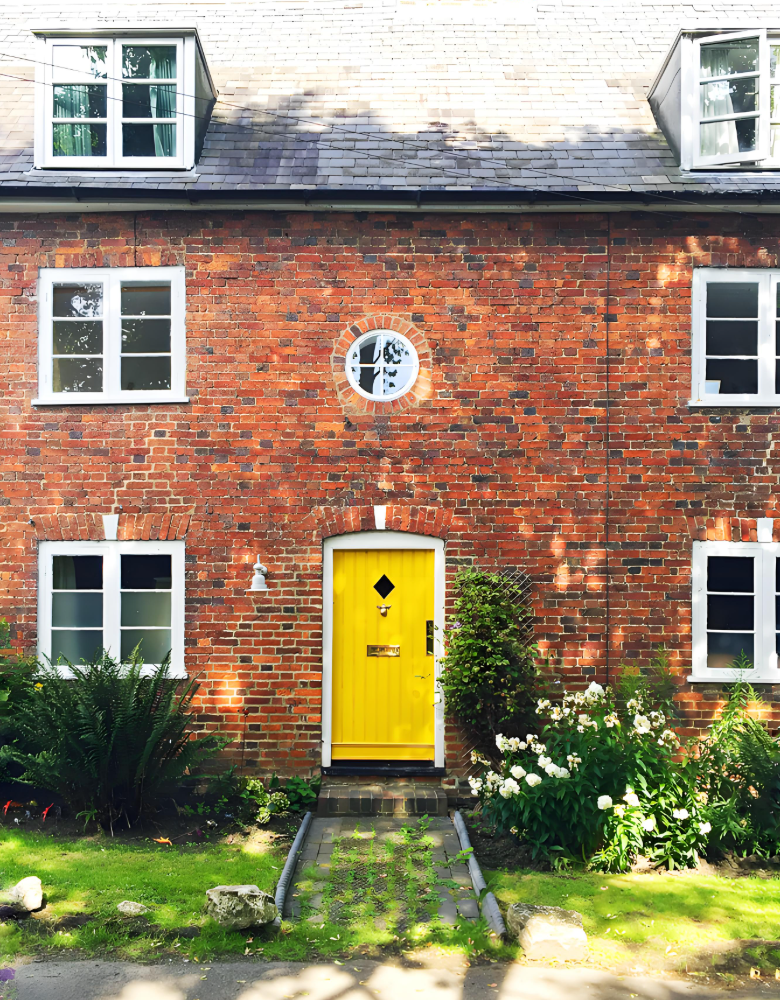
A yellow front door could definitely be a little sun on your house, impossible to miss, and instantly mood-lifting. But yellow shades mean much more historically, and according to trends.
Whether it’s a pale butter, a warm mustard, or a neon lemon, in this article, we’re going to find out the meaning in detail, and whether it’s a good decision to have a yellow front door.
The Color Psychology Behind Yellow
Designers and psychologists associate yellow with themes that awaken the room and indicate approachability. That’s why it is often recommended for entryways and porches. In color psychology:
- It’s linked to daylight, sunshine, and good moods. If you wish your home to feel energetic and optimistic, a yellow door will do the job.
- It’s also a bold choice. Because it’ll pop on the street, it’ll indicate that you’re okay with the spotlight.
While yellow has its benefits, not all yellow behaves the same way. In its most vibrant, most intense forms, like neons, yellow can seem brusque or tacky in contrast to more traditionally soothing and harmonious colors like blues, greens, or grays. So you need to be very careful when selecting the yellow shade for your front door.
Is a Yellow Front Door Considered Good Luck? Cultural and Historical Meanings
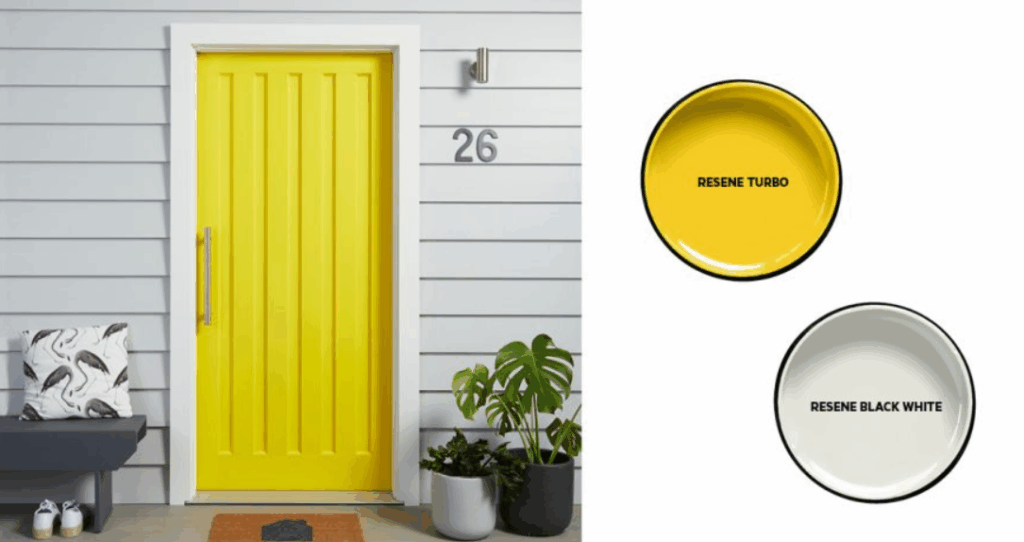
Yellow usually tends to get placed in the “good luck” family of hues, but depending on culture, history, and personal belief, there could be many different meanings for it. Let’s take a look at some of the typical ones:
Feng Shui:
In this ancient practice of feng shui, colors are associated with elements and energy. Yellow and its earthy relatives are found at the center of the bagua map, representing stability and nourishment. Hence, a yellow door is supposed to stabilize and support chi (energy) to enter the home. So basically, it’s perceived as warm and protective, not flashy.
Western Symbolism:
West has a mixed reaction to yellow. On one hand, it’s associated with friendliness and creativity, think emojis. On the other hand, it also serves as a caution, like safety vests and traffic lights. As there is not much of a historical influence, how the color is utilized leaves a lot of interpretation open to opinion. In general, it’s safe for front doors in the West.
Spiritual/Religious References:
Throughout spiritual traditions, yellow and golden hues tend to occupy sacred space. For example, in Hinduism, it’s a color of knowledge and study. In Christianity, it’s connected with the divine, heavenly gates, and glory. So religiously, a yellow front-door color can be connected to those connotations, evoking warmth and, spiritual greeting.
Choosing the Right Shade of Yellow for the Front Door
Selecting yellow isn’t simply “yellow,” it’s selecting a mood. The correct shade will complement your house style, neighborhood atmosphere, and how confident you need to feel each time you approach the door.
1. Soft / Muted Yellows
Buttercream, pale sunflower, or dove-yellows will give their brightness to your front but not fight with other exterior design elements. If you love the idea of a yellow door but have a more traditional or cottage-style house or midcentury facades, or if you reside in an area with an overly strict HOA restriction, these shades are definitely a great option.
Pair them with white trim for a crisp, classic look or warm greys and natural stone for an earthy, modern color scheme. They are also pretty effective at covering dust and minor scuffs, and handle heavy sunlight well.
2. Bright / Sunny Yellows
These are the ultimate, unashamedly bright yellow, best suited to those who want their home to be a ray of sunshine. Think bohemian homes, beach houses, or anyone looking for maximum curb appeal. Match the front door shade with navy, charcoal, or black trim for a high-contrast view, or crisp white for a cheerful, beachy feel.
However, high-saturation yellows can also very easily look tacky in direct sun or zippy at dawn and dusk. So be very careful with shade selection. If possible, sample the color on the door directly before going all in.
3. Mustard or Ochre Tone
These rich, earthy yellows are full of old-world appeal. Overall, you get a classy, warm, collector’s look with these shades, great for older homes, cottages in the country, or Tudor homes with a lot of wood and stone.
Contrast accents with olive greens, navy, or warm alabaster to create an elegant color scheme. Practical point is ochres shades also hide wear and fingerprints better than very light or neon yellows.
4. Creamy Beige / Warm Neutral Yellows
Shades such as “wheat,” “hay,” and “pale straw” read nearly like a warm white from a distance, but closer, the soft golden glow within them is rendered visible. Nowadays, these shades have become the prime choice for contemporary homes, townhouses, or other neutral-leaning house styles.
Combine with black or bronze hardware for subtle elegance, or terracotta and sage accents for Mediterranean flair. Beige shades are also low-maintenance and won’t overpower your architectural elements.
5. Golden Amber / Honey Yellows
Golden amber and honey yellows incline warm and sunny, richer than mustard but lighter than an authentic gold. As a result of their richness, such yellows are experienced as intentional and warm rather than trendy, often conveying a craftsman feel.
They appear great on classic and contemporary homes both: they add a cozy feel to cold facades (e.g., slate grey or blue) and complement warm-hued walls perfectly (brick, warm wood). Golden amber also appears nice with brass or antique bronze hardware for an integral, slightly old-world luxury aesthetic.
Conclusion
So, is a yellow front door good luck or just good style? In the end, it’s both. It’s an emblem of welcome and hope that, irrespective of tradition, has the ability to influence your mood and your home’s first impression on a daily basis.
Keep exploring George Group for more design tips, and when you’re ready to turn color into curb appeal, give us a call to find the best doors, windows, and construction materials that fit your style and last.

